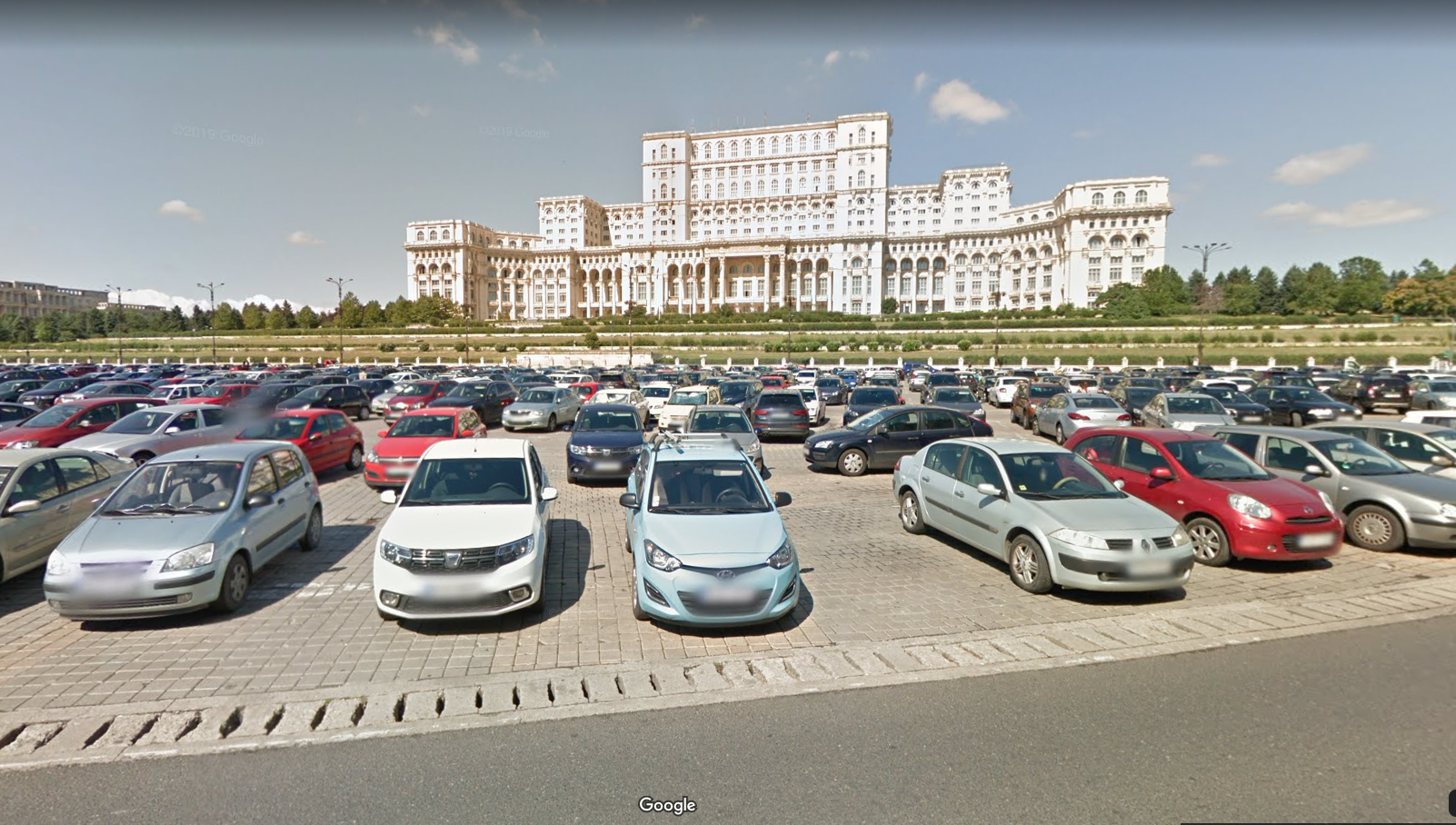
Solar panels covering the parking lot at Michigan State University only provide benefits: the university uses clean and cheap energy, and the drivers – even those with RVs! – in the summer they sit in the shade, and in the winter there is no need to blow snow off the cars.
Near Disney World in Orlando, Florida, nine acres of solar panels are shaped like Mickey Mouse. Nearby is a 110-hectare solar power plant spread across former orchards and woodlands. But you won’t see sunroofs over any of Disney’s 32,000 parking lots, not even the $50-a-day reserved spots.
So it is with solar installations: they are built in open spaces, less so in built-up areas. Therefore, it occupies a large amount of arable land, arid lands, pastures instead of roofs or parking lots. In the US last year, the journal Nature reported that 51% of solar installations are located in deserts, 33% in arable land and 10% in meadows or forests. Only 2.5% are in cities.
The arguments seem convincing: it is easier and 2-5 times cheaper to put them on undeveloped land than on rooftops, and the replacement of fossil fuels should be fast. And it is easier to manage a few large solar power plants than a thousand small installations scattered across cities.
Persuasive arguments, but not necessarily intelligent. Unused land is also a rapidly diminishing resource, and we need the remaining land to create the products and services we need from the natural environment: food, water storage and purification, erosion prevention, and even the preservation of life in nature, among other things. An installation over a parking lot basically means a house without walls. But on empty land, this means that bulldozers come, clean everything and destroy the existing vegetation, even – ironically! – endangered species. Whereas the parking lot is already on land that no longer has biological value.

Constitution Square in Bucharest (Google Maps)
However, large-scale solar roofs are starting to appear in the US, from parking lots in the Washington, DC metro area to airport and university roofs. One of the largest installations is located at Rutgers University in Piscataway, New Jersey, covering 13 hectares and producing 8 MW, according to a business plan that the campus environmental manager considers “reasonably profitable from the start.”
And a new study from the Yale School of the Environment says solar roofs over parking lots could provide a third of the electricity needed in the small state of Connecticut, supporting the governor’s plan to create a zero-carbon electricity sector by 2040.
Sources: CNET and Yale Environment
Source: Hot News RO
Anna White is a journalist at 247 News Reel, where she writes on world news and current events. She is known for her insightful analysis and compelling storytelling. Anna’s articles have been widely read and shared, earning her a reputation as a talented and respected journalist. She delivers in-depth and accurate understanding of the world’s most pressing issues.